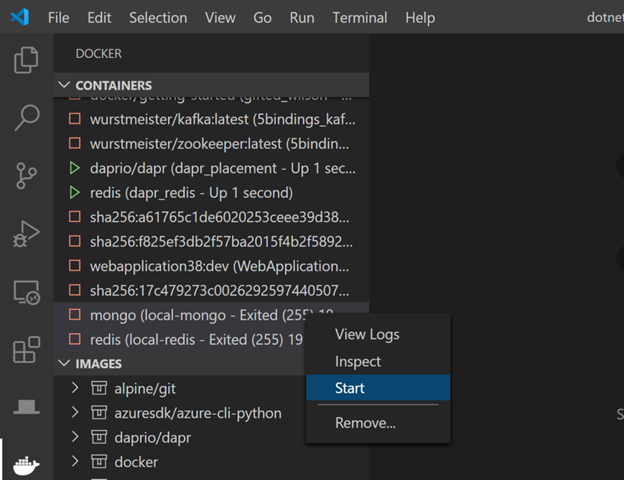Kindred Spirits seems like a good pattern if not taken forcefully. This pattern is all about joining a community of developers who have similar interests and/or skills to you. As an apprentice, your main goal is to learn. Working in a professional environment will not always provide this environment, and the mentors you gain along the way will have their best interests in mind – not your own. This is why it is important, as an apprentice, to seek out communities that you are drawn towards because they all have the same motives as you. The goal of these communities is to learn and experiment, and they will be the best place for you to do the same.
To be completely honest I had no intention of doing this prior to reading the pattern, and still am against it. I get why it is good, and I am not against having friends of course, but I am not sure I want to join a community. I guess the point is that you only go when you want so I could just abandon a community I don’t like. Like I have said in previous blog posts, I do not want to focus on programming as a hobby. I do enjoy it, and I am not against joining a programming community if I want to, but I am not the type of person to code for fun all the time.
That being said, I do see the benefits of Kindred Spirits. Of course it is good to have friends in the industry with similar goals, and I do plan on making friends. Having someone to talk to about something I am working on will give me a new perspective and may solve a problem, and helping someone else will test my knowledge on what I actually know. They say the best way to learn is to teach, and to have someone ask me a question I supposedly know the answer to will help me as much as it helps my friend.
Overall, I do like Kindred Spirits. Friends and community are always a benefit. I don’t like the feeling of being forced into friendship and community, but I don’t think that’s what the pattern is saying. I believe it is saying to keep yourself open to new opportunities, find people who you get along with, and use your fellow apprentices to your advantage.
From the blog CS@Worcester – Ryan Blog by rtrembley and used with permission of the author. All other rights reserved by the author.


